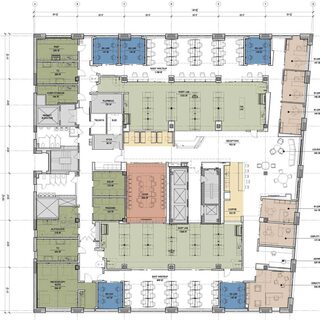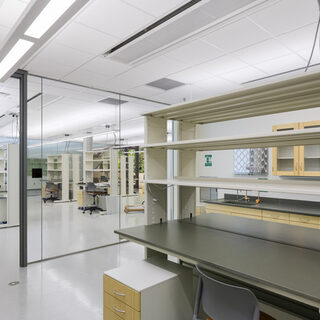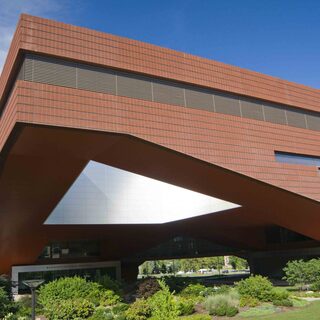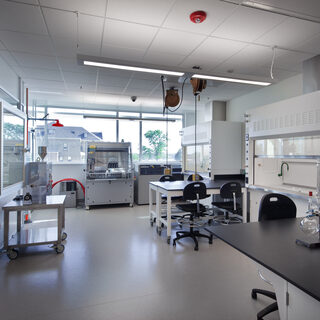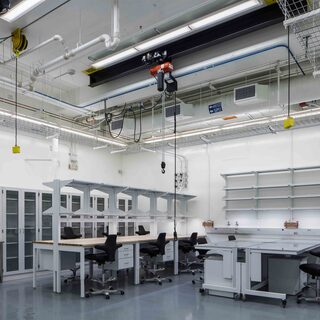Tradeline's industry reports are a must-read resource for those involved in facilities planning and management. Reports include management case studies, current and in-depth project profiles, and editorials on the latest facilities management issues.
Latest Reports
Tufts Pioneers New Concept in Allocation and Collaborative Use of Lab Space
Tufts Institute for Innovation (TII), a health sciences research institute, strives to revolutionize scientific inquiry with a new model for research that will reimagine laboratory practice and accelerate human health breakthroughs. Inside the labs, researchers share space and equipment in an open, collaborative, team-like environment that exemplifies the TII mission, while also generating cost efficiency.
New Jersey Institute for Food, Nutrition and Health
The 80,000-sf, three-story New Jersey Institute for Food, Nutrition and Health (IFNH), on the George H. Cook Campus of Rutgers University, is dedicated to promoting a healthy lifestyle statewide, and serves as a national model of interdisciplinary research and public health practice, with research laboratories and core facilities, laboratory support, a preschool, office space, team rooms, and a food service area.
Consolidating Resources into a Centralized, Shared Core Facility for Multidisciplinary Research
Penn State University’s Millennium Science Complex is a state-of-the-art 297,000-sf facility that combines the Materials Research Institute with the Huck Institutes of the Life Sciences to create an interdisciplinary research center for advancing science through diverse relationships. The facility serves as a valuable equipment and resource hub for thousands of researchers from Penn State and other organizations—including academic, government labs, and industry—who are at the leading edge of materials science, nanofabrication, and other disciplines.
The UWM Innovation Accelerator
The UWM Innovation Accelerator, funded in part by a federal economic development grant as the first building in a planned Innovation Park, is a public-private partnership that collocates business, industry, and academic research to launch intellectual property. The two-story building is sited to leverage the technology available in nearby institutions, such as the Milwaukee County Medical Complex, Children’s Hospital, and the Medical College of Wisconsin, and to attract researchers, faculty, students, industry leaders, entrepreneurs, and investors.
William Eckhardt Research Center
The William Eckhardt Research Center creates a home for the University of Chicago’s new molecular engineering program and advances the university’s Nobel Prize-winning research in physical sciences. The diversity of research taking place in the facility extends from the sub-molecular scale to the expanses of the universe. Conducting this research are teams working across multiple disciplines in engineering, as well as the traditional materials and physical sciences.

